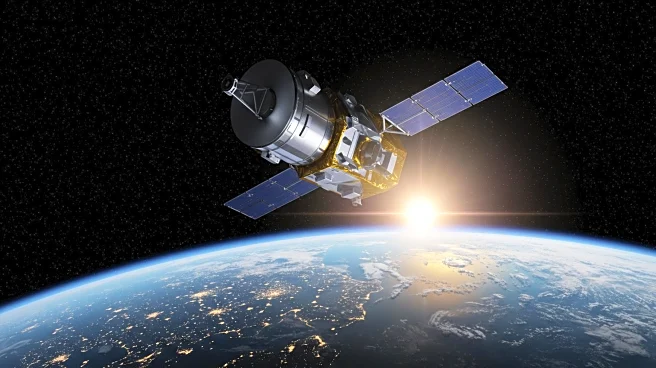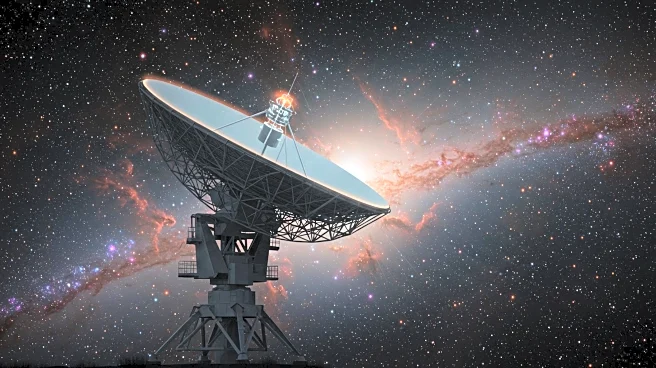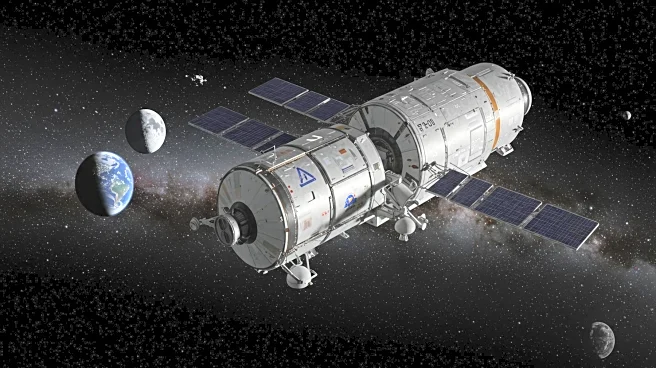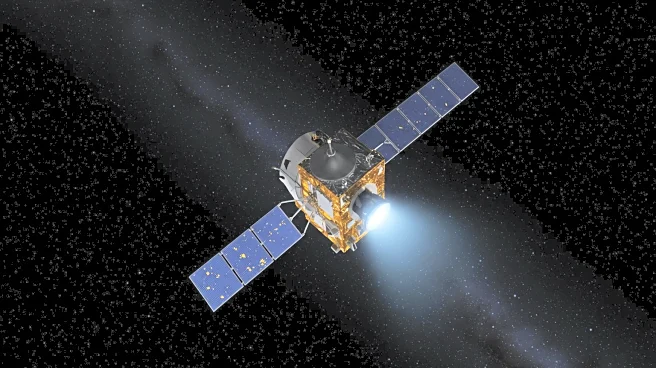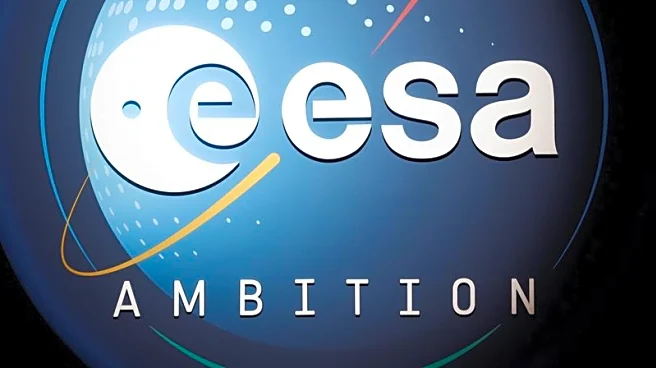What is the story about?
What's Happening?
NASA has released the first datasets from the PREFIRE mission, which aims to improve understanding of Earth's energy budget by providing space-based measurements of far-infrared radiation. These datasets include Level 1 through Level 3 products, offering insights into radiative fluxes, cloud masks, surface emissivity, and column water vapor. The PREFIRE mission, managed by NASA's Jet Propulsion Laboratory, involves two CubeSats equipped with Thermal Infrared Spectrometers (TIRS) that capture data from polar regions. The mission's goal is to quantify the spatial and temporal variability in spectral far-infrared emissions, which are crucial for understanding the heat exchange between Earth's surface and the atmosphere. The datasets are available globally, with a focus on polar regions, and are expected to enhance Earth system models.
Why It's Important?
The release of PREFIRE datasets is significant for climate science as it provides unprecedented data on far-infrared radiation, a critical component of Earth's energy balance. This information is vital for refining climate models, particularly in understanding polar processes and their global implications. The data can help scientists better predict changes in sea ice dynamics, permafrost, and overall climate patterns. By improving the accuracy of climate projections, the PREFIRE mission supports informed policy decisions related to climate change mitigation and adaptation. The international scientific community has already shown interest, with users from over 17 countries accessing the data, highlighting its global relevance.
What's Next?
The PREFIRE mission has been extended through September 2026, allowing for continued data collection and analysis. This extension will enable researchers to gather more comprehensive data on polar surface and cloud dynamics over time. The datasets will be integrated with other Earth-observing satellite data to further enhance understanding of polar climate processes. As the mission progresses, scientists will continue to refine climate models, potentially leading to more accurate predictions of future environmental scenarios. The ongoing availability of PREFIRE data will facilitate collaboration across the scientific community, driving advancements in climate research.
Beyond the Headlines
The PREFIRE mission represents a technological advancement in spaceborne observation, utilizing compact CubeSats with cutting-edge sensors. These satellites provide critical data on far-infrared emissions, which have been under-measured in the past. The mission's focus on polar regions addresses a significant gap in climate science, as these areas play a crucial role in regulating Earth's energy balance. The data collected will not only inform climate models but also contribute to a deeper understanding of the polar regions' impact on global climate systems. This knowledge is essential for addressing the challenges posed by a warming planet.
AI Generated Content
Do you find this article useful?
